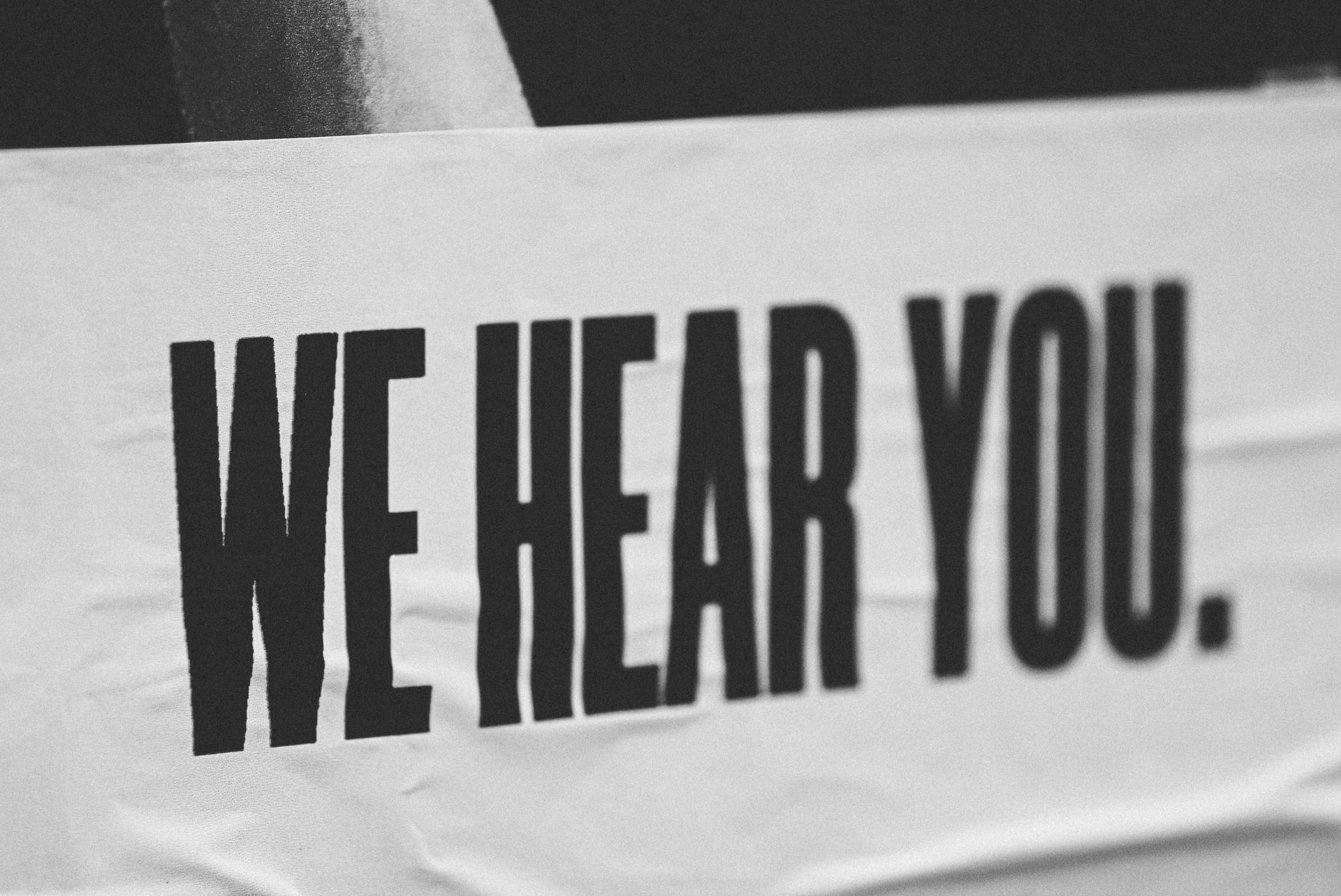Types Of Hearing Aids And How Do They Work

The use of hearing aids can help with hearing loss and speech comprehension by reducing background noise and allowing you to interpret the sounds through hearing aid technology.
A hearing test can help determine the level of hearing loss and whether you need hearing aids. Whilst hearing aids can’t restore normal hearing, they can help you improve your hearing in various environments.
There are many types of hearing aids and the differences between each style as well as the way they work can be hard to understand. So, we’ve put together some information below to help you decide on the best hearing aid for your needs.
The Different Types of Hearing Aid
Whilst hearing aids can help with moderate hearing loss to severe hearing loss, there’s a difference between the hearing aid styles that you can choose according to your individual needs.
There are two types of hearing aid technology and they are:
- Analog hearing aids – convert sound waves into electrical signals before amplifying them.
- Digital hearing aids – convert sound waves into codes, much like binary in a computer before amplifying it.
The two styles of hearing aids are:
- Behind the ear (BTE)
- In the canal (ITC)
Behind the ear (BTE)
Behind the ear hearing aids, also known as BTE hearing aids, are the largest option of hearing aids available.
As the name states, they’re placed behind the ear and allow individuals to control certain features from the outer ear component of the hearing aid.
Due to the component behind the ear, this style of hearing aid can have special features that can help adjust the hearing aid according to the individual’s comfort level.
In the ear or in the ear canal
In the ear or ITE hearing aids are placed in the inner ear canal. They are completely in the canal, which makes them the smallest option of hearing aids available as they’re barely visible.
Receiver in canal (RIC) hearing aids are so similar as they use an ear mold in each ear canal so that the hearing aid is fitted to the individual’s needs.
How do hearing aids work?
A typical hearing aid has 3 main components: a microphone, an amplifier and a speaker, that work together to help someone with hearing loss hear. Hearing tests are used to detect moderately severe hearing loss in individuals and helps determine whether the ears can hear sound.
Standard hearing aids work by receiving high-frequency sounds, low frequency sounds as well as voice sounds through directional microphones.
The microphone converts those sound waves into electrical signals, which is sent to an amplifier. The amplified sounds increase the power of those sound vibrations through the ear canal through the use of a speaker.
The receiver in the ear canal is a direct audio input that allows the auditory nerve to send signals to the brain so that it can drown out background noise and interpret sounds.
How do I know if my hearing aids are working?
Wearing hearing aids regularly will help you familiarise yourself with the features on the outer ear component and improve your hearing ability whilst you wear hearing aids.
Learning to adjust the volume behind the ear for your two hearing aids to eliminate the background noise is one of the most important things to familiarise yourself with in the beginning.
If you wear hearing aids deep in the canal of your ear, naturally there would be a buildup of earwax, so it’s essential to also know how to clean your hearing aids.
Get in touch with us at ACE Audiology
If you’re searching for hearing care professionals that offer new hearing aids tailored to your needs, look no further than ACE Audiology.
Our team is committed to offering you a wider range of solutions for better hearing. We provide medical advice from years of experience and qualifications so you can trust in our service.
Book your next appointment with us and if you need a hearing test, feel free to get in touch with our friendly staff through our website or call us so we can help you.
